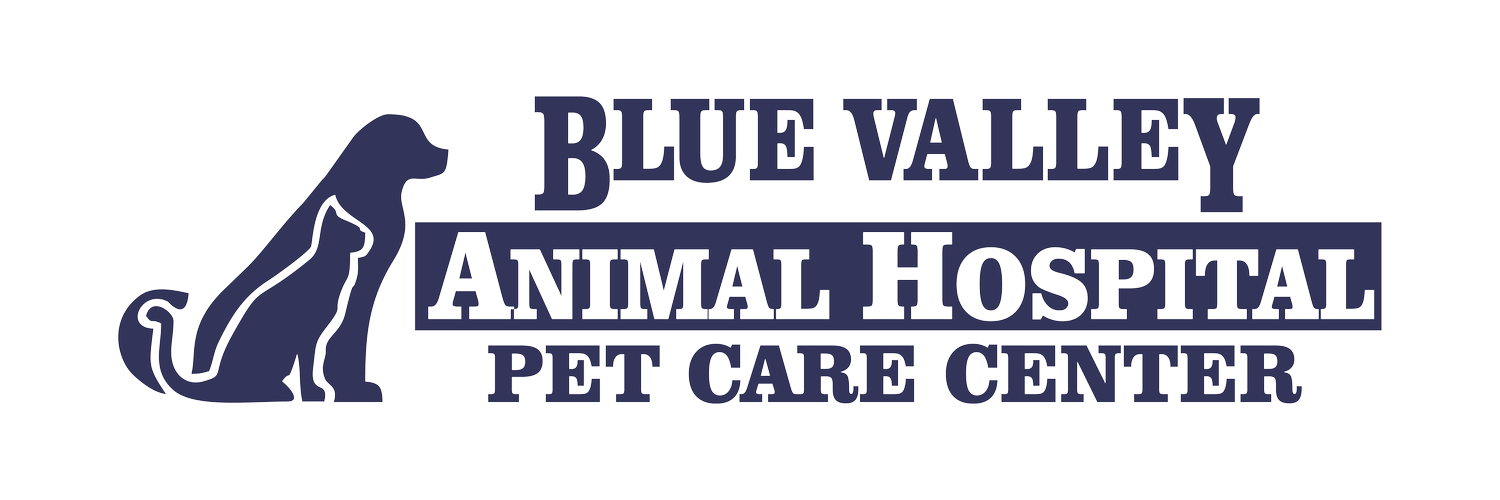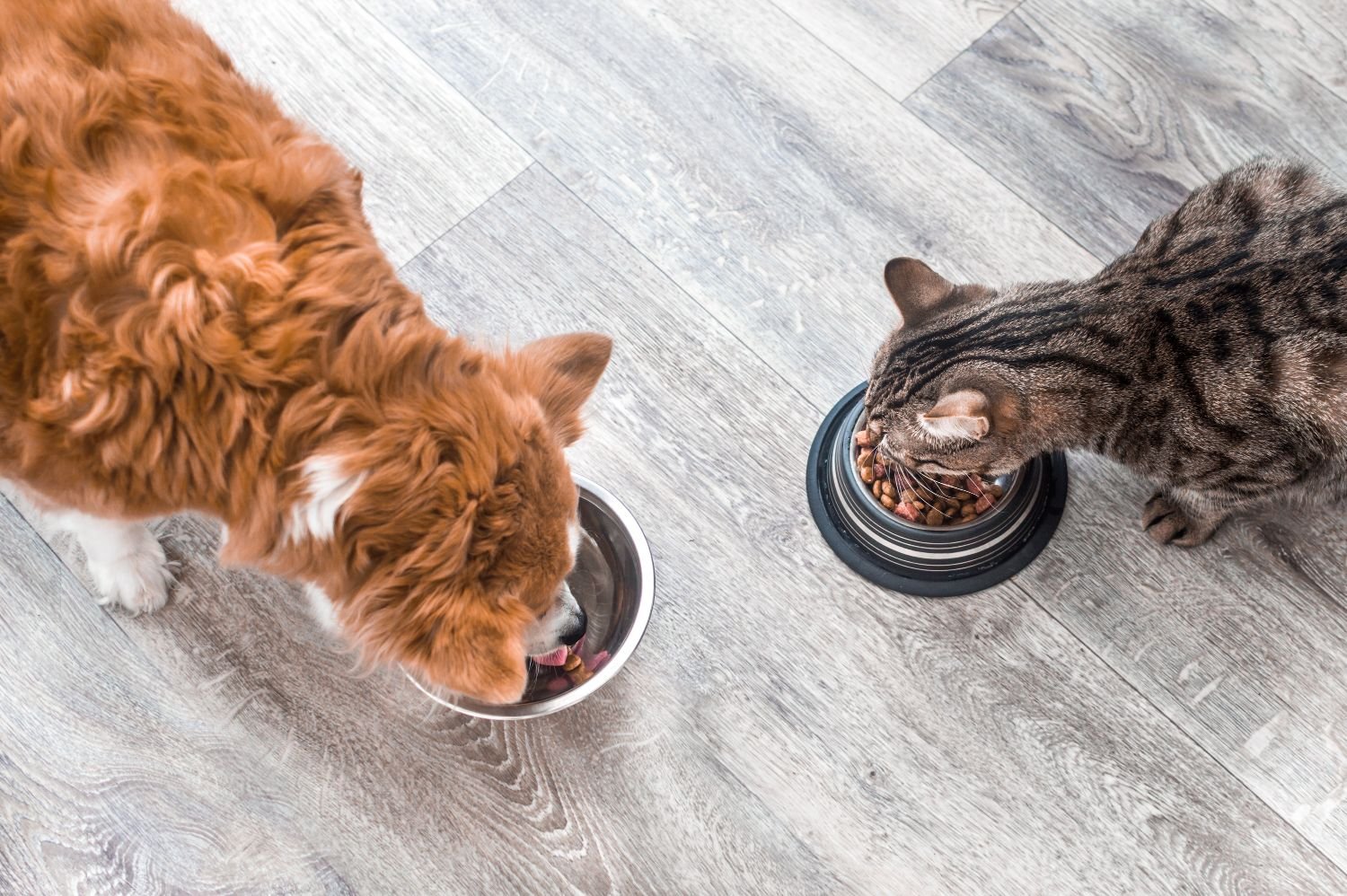Do You Free Feed or Have Set Meal Times?
The old adage “take it or leave it” used to apply to pet food. Not much thought went into whatever filled a pet’s bowl, and if they didn’t like it at first, they’d come around if they were hungry enough.
Fortunately, we know more now about what pets need to eat in order to thrive. There are seemingly endless food choices to consider that hinge on a pet’s age, weight, overall health, and lifestyle (not to mention taste preferences). Once you settle on the right food, the choice remains to either adhere to set meal times or free-feed your pet throughout the day.
CHOICES, CHOICES
Changing a pet’s food or the routine around their meals is a huge undertaking. However, because they depend on age-appropriate nutrition, it is sometimes necessary. For example, shifting a dog away from puppy food to adult dog food is important to provide the exact nutrients critical for development. Likewise, sometimes pets need adjustments in their diet to support health conditions, like kidney disease or allergies.
Should You Free Feed Your Pet?
There are definite advantages to free feeding, such as:
Free feeding caters to your schedule in that you can always leave out food for your pet to graze on whenever they’re hungry. They don’t have to wait for you to arrive home.
Pets never feel the pressure or stress of true hunger.
Free feeding enables pets to eat whenever they like, regardless of time, and allows them to eat as much or as little as they prefer.
May decrease resource guarding or food-related aggression in multi-pet households.
However, before you make the decision to free-feed your pet we encourage you to consider the widely regarded disadvantages, including:
Weight gain and the various potential health consequences of obesity.
Bathroom habits are unstructured if you don’t know when they eat, you might not know when they have to go to the bathroom. This impinges on successful and complete housetraining.
Decreased motivation to respond to commands if/when using food during training.
Cross-contamination can occur when food is left out too long and mixed with newly added food.
It can be very challenging to keep track of portions in a multi-pet-free feeding situation.
Addressing and Solving Food Issues
Setting up a meal schedule is a beneficial solution to any problems related to free feeding. For example, scheduled meals allow for exact portion sizes, preventing weight gain and its myriad problems.
Also, pets can anticipate when their next meal will be. This helps them adjust to a routine and supports good behavior. Other bonuses include:
A cleaner house
More oversight regarding a pet’s habits, which can lead to early detection of possible health problems
Reinforced hierarchy, keeping you in control
Increased household consistency
By measuring out a set amount of kibble or wet/canned food, you are able to give your pet exactly what they need. Depending on your unique pet, you may be able to spread their daily portions between one and three meals.
When you make the switch from free feeding to scheduled meals, embrace the change slowly. They may act starving between meals, leading them to inhale their food or beg for snacks. Invest in a slow-feeder bowl, and remove it when they’re finished.

